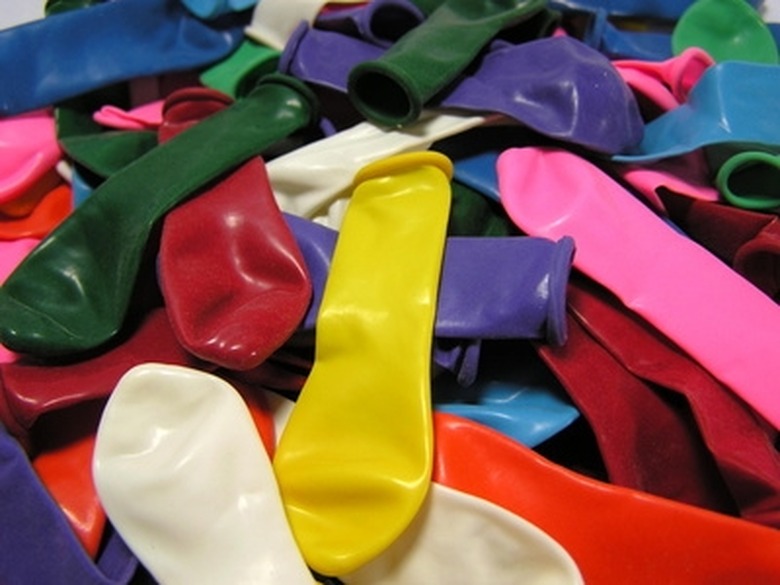Rocket School Projects
Rockets are a common project for science classes, and a student has many options to choose from when it comes to this type of assignment. No matter how simple the project, however, you need to be careful when shooting off the rocket to prevent injury. Safety glasses should always be worn, and rockets should never be pointed at a person or animal. Rocket projects can be created to show their effects on water, chemical reactions and air currents.
Water Pressure Rocket
Water Pressure Rocket
A very simple rocket to make is a water pressure rocket. With this model, a two-liter bottle is filled with water, and pressure is pumped into the bottle until it launches. The water pressure is the force that launches this type of rocket. A device, made of PVC piping, is constructed to pump pressure into the bottle. When launched, this rocket will get everyone in the surrounding area wet.
Mentos and Diet Cola Rocket
Mentos and Diet Cola Rocket
Mentos brand breath mints and diet cola make a strong chemical reaction when mixed. A two-liter bottle of diet cola and a pack of Mentos is all that is needed to construct this rocket. When the two are combined, the reaction propels the rocket into the air when the bottle is pointed downward and the cap is removed. Alternatively, if the bottle is standing upright, a stream of cola will shoot up.
Vinegar and Baking Soda Rocket
Vinegar and Baking Soda Rocket
When vinegar is mixed with baking soda, the two display a chemical reaction because acids (vinegar) react to bases (baking soda). This is another simple project that involves putting vinegar in a 20-ounce pop bottle and adding baking soda that is rolled up in a paper towel. Plug the hole with a cork (or something similar), and the resulting reaction will send the bottle flying.
Balloon Rocket
Balloon Rocket
The balloon rocket is simplistic but shows how force can cause movement. This rocket involves running a string through a straw and tying each end of the string to a chair, doorknob or tree. Make sure the string is level and in a straight line between the objects without tangles. After the balloon is blown up, it is not tied off but instead taped to the straw. When the student lets the balloon go, spectators can watch as the force from the air sends the balloon to the other end of the string.
Cite This Article
MLA
Alden, Daniel. "Rocket School Projects" sciencing.com, https://www.sciencing.com/school-rocket-projects-7952803/. 24 April 2017.
APA
Alden, Daniel. (2017, April 24). Rocket School Projects. sciencing.com. Retrieved from https://www.sciencing.com/school-rocket-projects-7952803/
Chicago
Alden, Daniel. Rocket School Projects last modified August 30, 2022. https://www.sciencing.com/school-rocket-projects-7952803/
